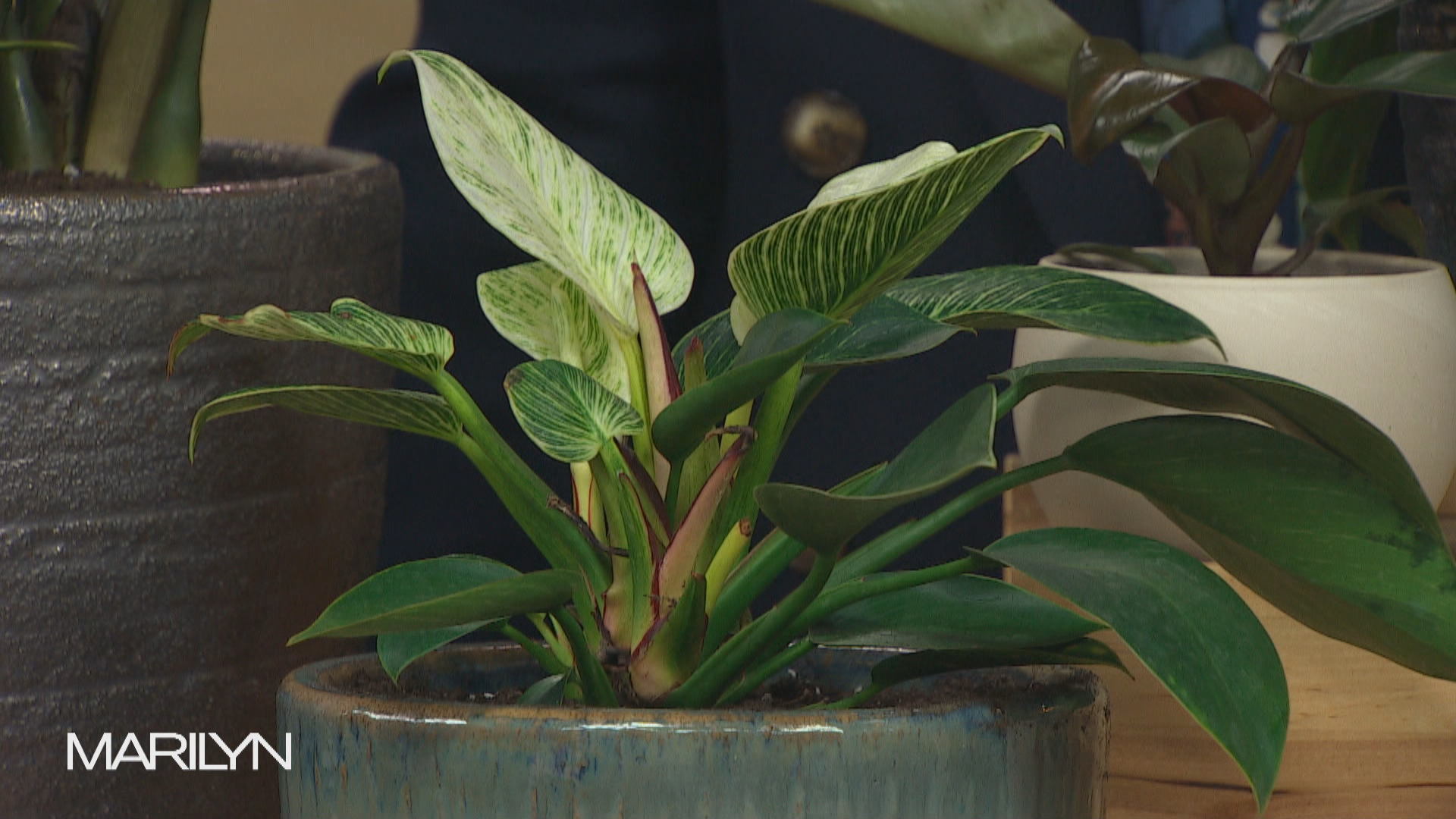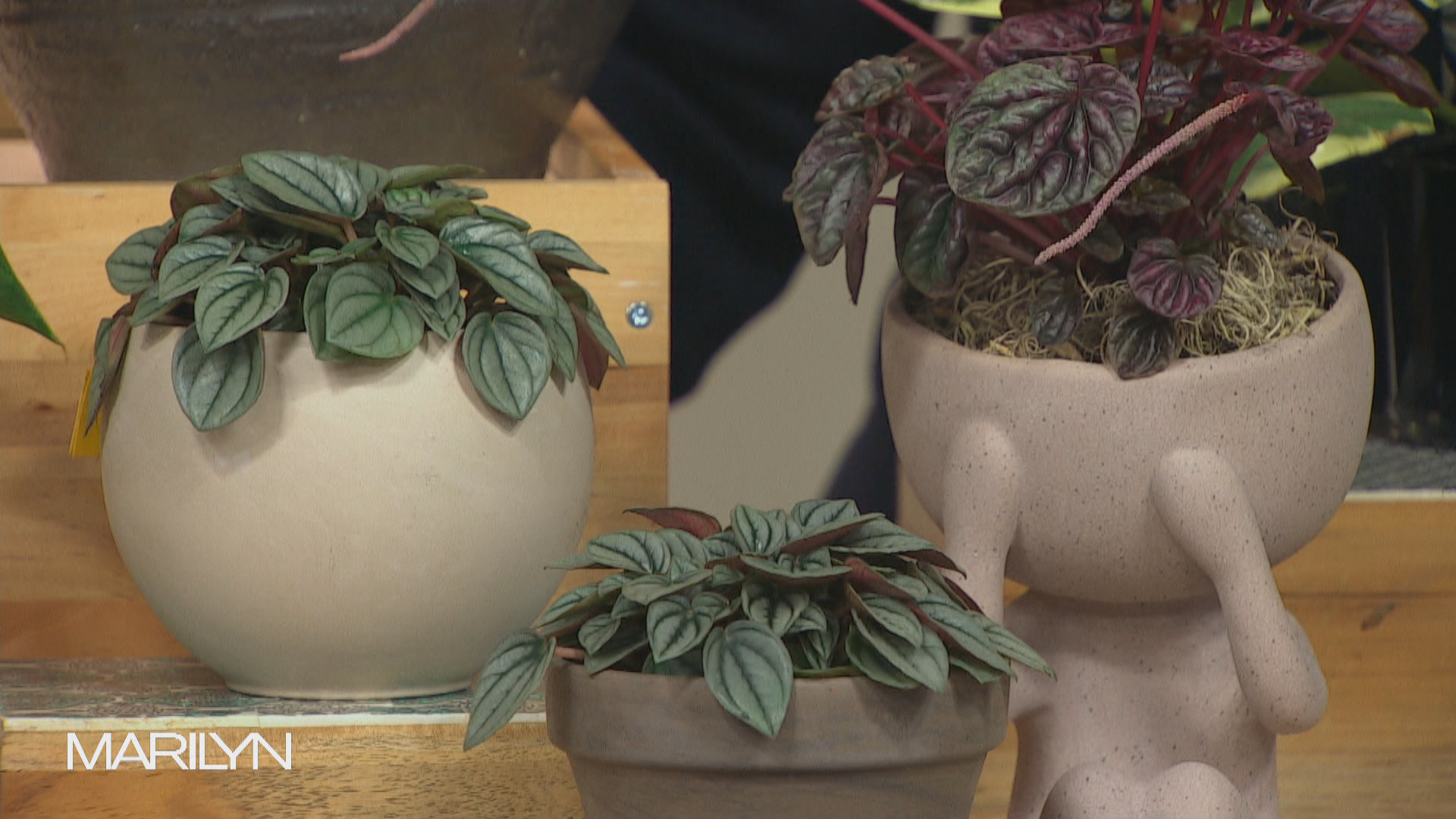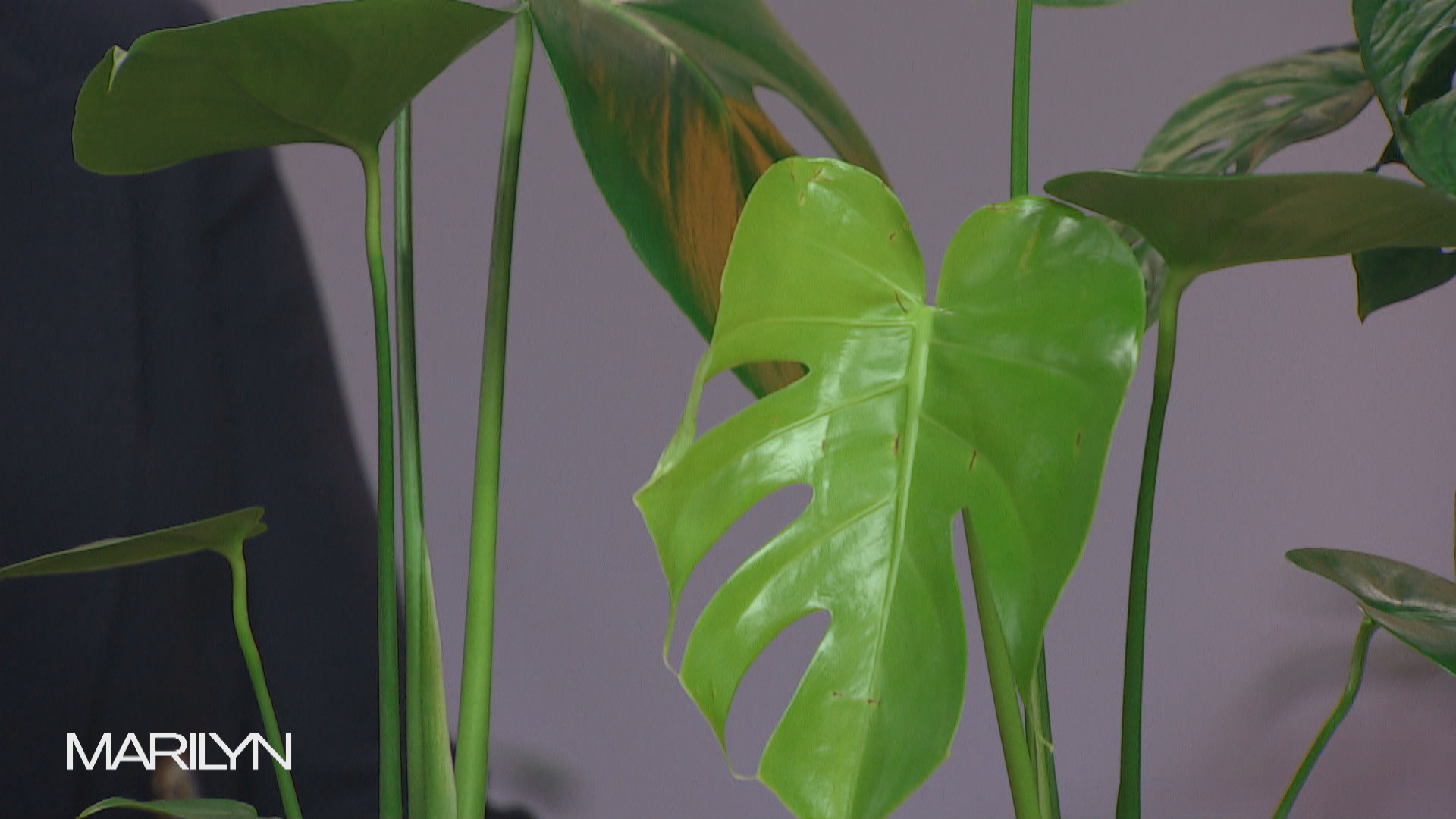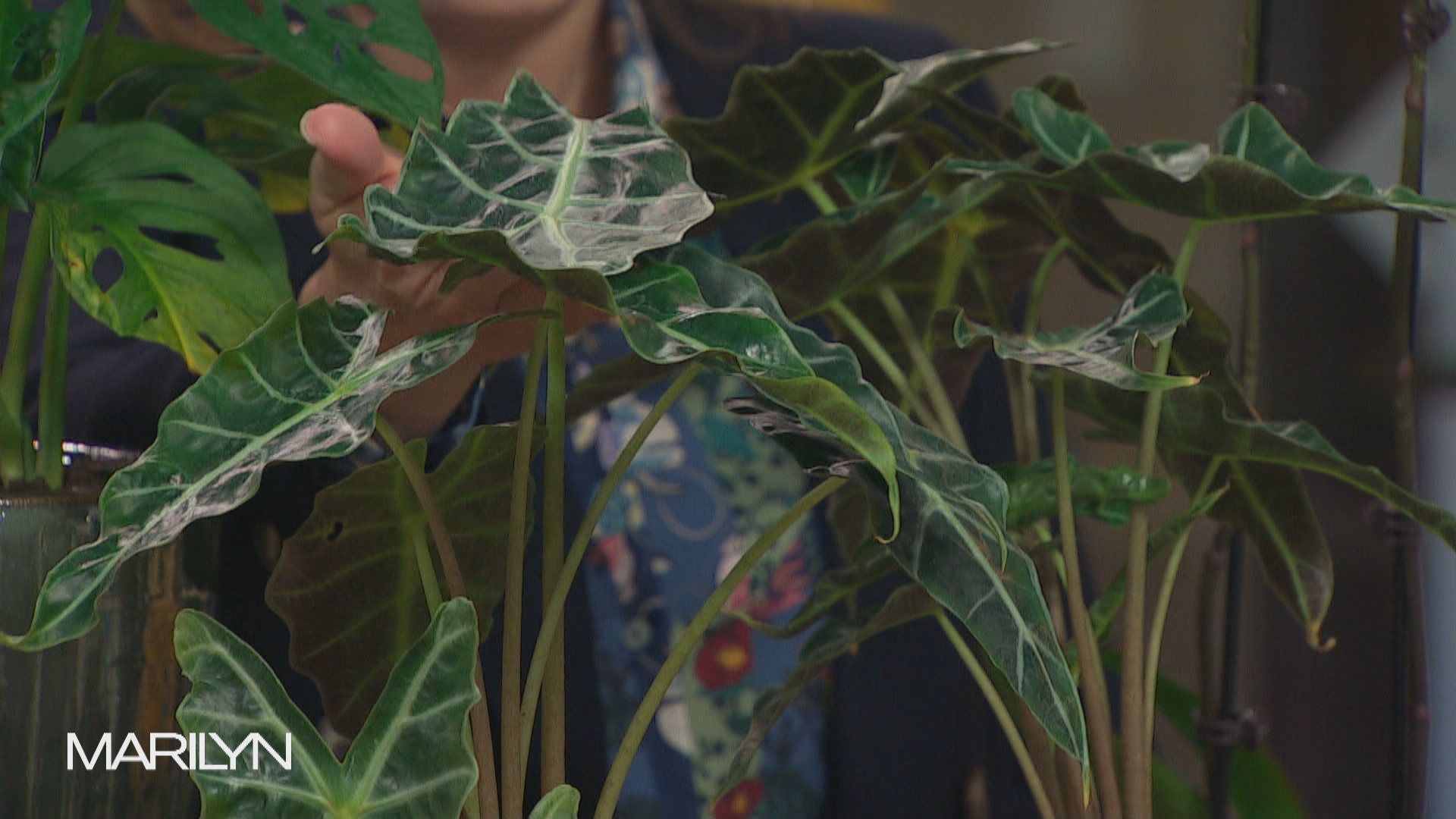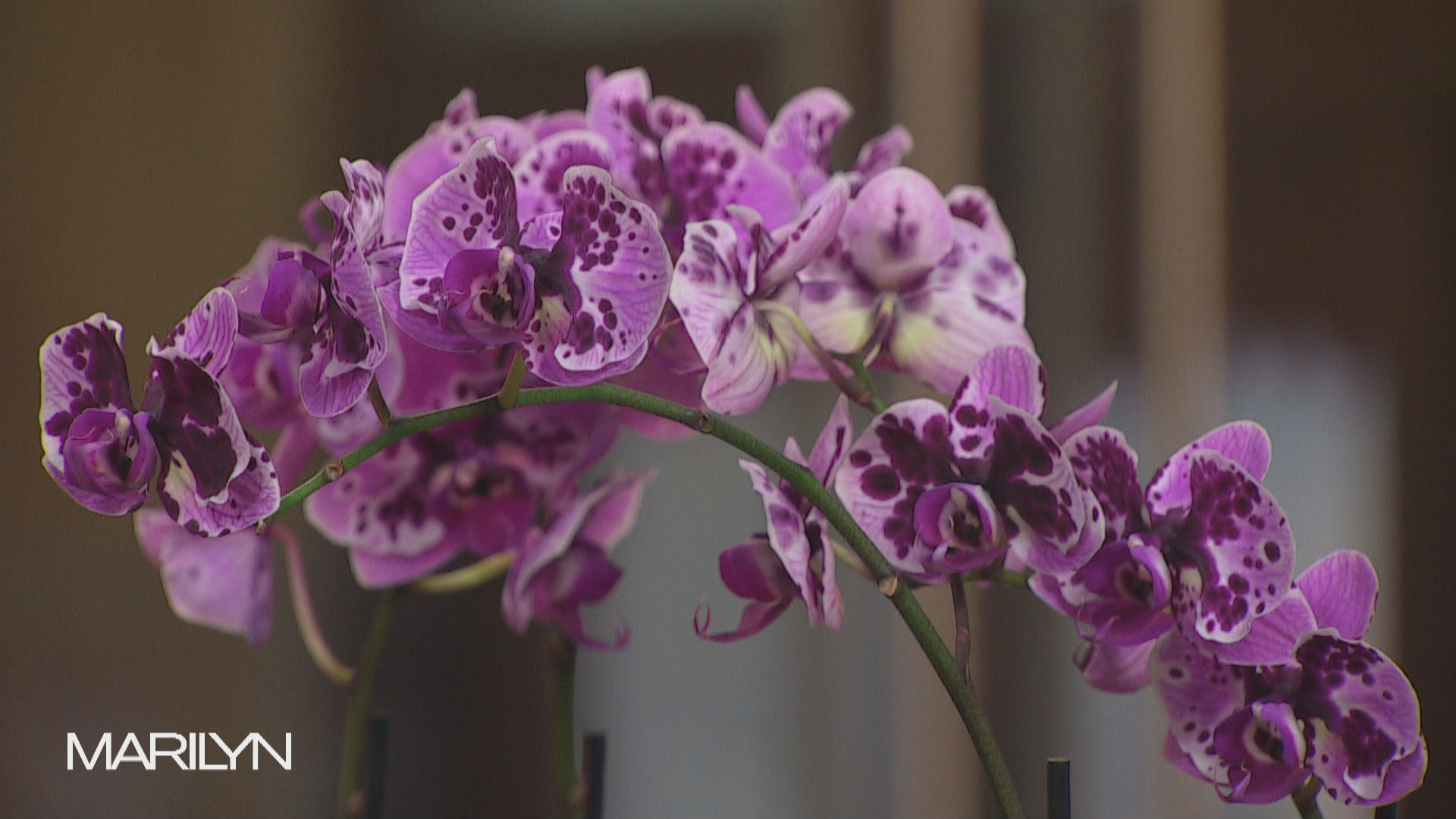
Lush gardens and giant plants are taking over Instagram lately. Those of us who have limited space indoors or even no outdoor space who want to bring a little life into our homes may feel like we can't get in on this trend—but we're here to let you know that you aren't limited in what you can grow. With some creativity, anyone can create a lush feel in their small space using a variety of unique plants.
Garden expert Antonio Valente walked us through how to create our own luxurious plant collection with his tips and tricks, plus he shared six house plants that any plant newbie or pro could grow.
Pick the right spot in your home
You want to find a spot where you can enjoy your plants, but also meets the need of the plant itself. It's important to know that low light does not mean any light at all. No plant will thrive in zero light, so don't stick your plant in a dark corner, or squeeze it between or behind furniture and wonder why it isn't doing well.
Many plant parents know, most houseplants benefit from increased humidity. This is especially the case if you live in a cold, dry climate (hi, Canada!) or have a tropical plant. We recommend investing in a humidifier to regulate the moisture in your home and mimic the natural environment of most plants. The additional moisture will keep your plants looking lush, and will help when new leaves are unfurling, so they don't get stuck or snap off.
Everyone knows they need to water their plants, but many people overlook the importance of fertilizer. Plants will extract nutrients from the soil, and over time the soil will become depleted. Find yourself a well-balanced fertilizer to use once a month to keep your plants stay happy and healthy. Find yourself a well-balanced fertilizer and use it once a month.
Group certain plants together
Group your plants according to their needs and requirements. This will make caring for a large collection of plants much easier! For example: place all your low light plants in front of a north-facing window, place all your high light plants in front of a south-facing window.
Keep these things in mind
When it comes to soil, if you're repotting, any commercially available potting soil will work. Don't use outdoor soil or topsoil/compost for indoor plants.
For the pots, the question is clay or plastic? It depends on your preference. Clay tends to breathe better, which is great for the plants' roots, while a plastic pot requires less watering, can be helpful if you tend to forget to water.
In terms of how to tell if a plant needs water, it's important to remember a few things. Get used to checking the soil often! To do this, place two fingers on the surface of the soil. If it's damp, give the plant another day or two before watering. But how much is too much? Overwatering is just as dangerous as underwatering. It could lead to root rot, which we want to avoid! If the plant looks wilted, but the soil has been consistently moist, chances are you have been overwatering. Another way to tell is if you see fungus gnats, which look like fruit flies, flying around the soil. These little guys love overly damp soil, which means you are overwatering.
Plants to consider
ZZ Plant
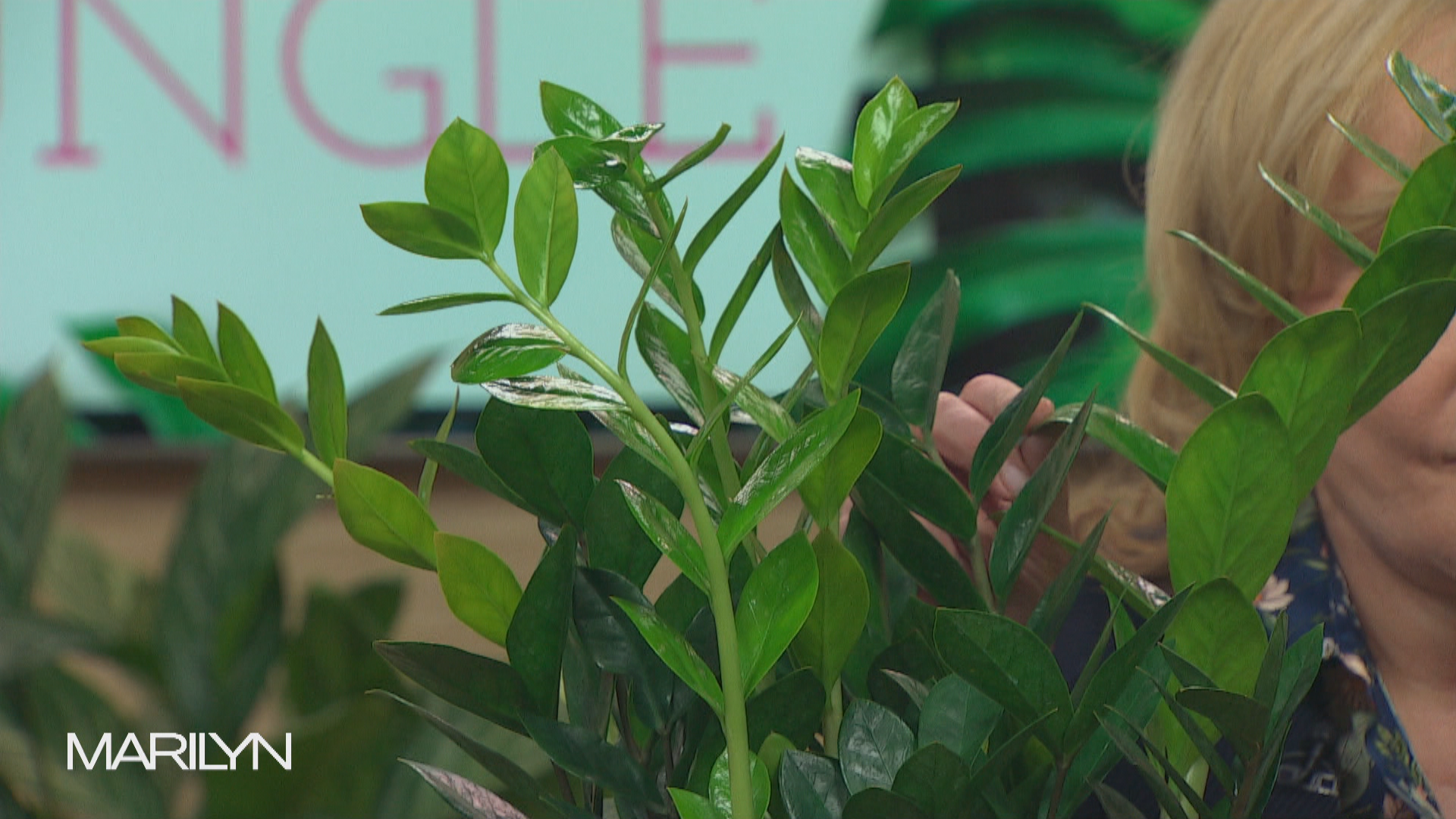
ZZ plant, with its wide, beautiful, dark green leaves, boasts many favourable traits for plant newbies. This plant is super tolerable to neglect, in low-light conditions, plus its waxy, smooth leaves reflect sunlight and brighten up the room. This is the easiest plant to grow on this list, and it's impossible to kill—aka it's perfect for beginners and for building your confidence!
Philodendron
Philodendrons are fast-growing, easy plants. They range in growth patterns from bold and bushy to graceful and twisted. They are generally forgiving and will tolerate all kinds of neglect including low light, poor soil, and inconsistent watering (we've all been there!).
Peperomia
The genus, in the peppercorn family Piperaceae, is home to over a thousand species of diverse plants—including popular houseplants such as the Watermelon Peperomia, Baby Rubber Plant, and more. They are petite, compact, and easy to grow and take care of.
Monstera
No plant collection is complete without a monster! This plant is famous for its natural leaf holes, known as fenestrations. It thrives in a little more sunlight than the other plants on this list, but still is relatively easy to care for.
Alocasia
This plant features some of the most striking foliage in the houseplant world.! Alocasias need bright, but indirect light. The plant is not tolerant of lower light conditions, so make sure you're placing yours in the best possible spot for it to thrive. It requires a bit more watering than compared to other houseplants, but nothing most plant parents can't handle!
Phalaenopsis Orchid
If you're looking to start a collection of orchids, one of the easiest orchids to grow is the Phalaenopsis. If you master this one, you can feel confident moving on to less common orchids such as paphiopedilums and dendrobiums. The plant requires bright and indirect lighting. And when you're watering it, allow the water to drain.—don't allow the plant to sit in the water!

